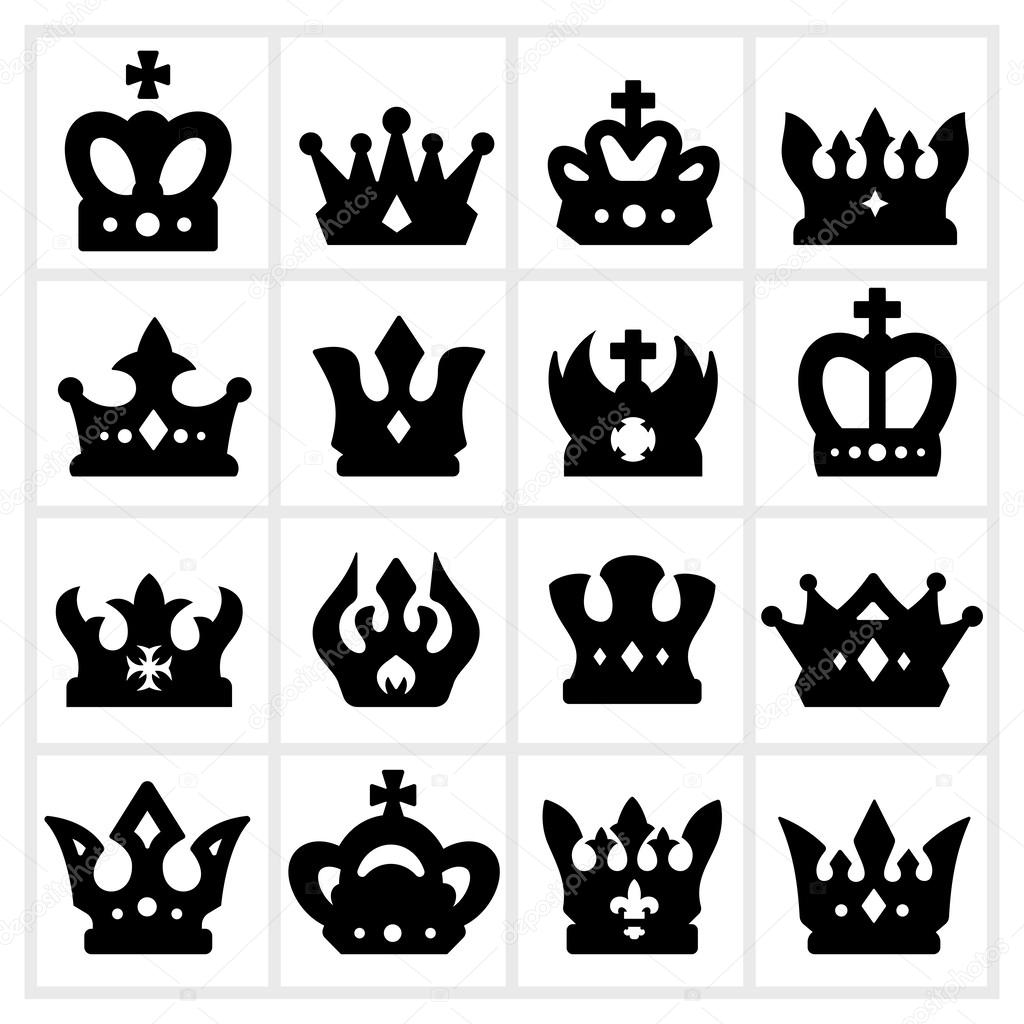Hi everybody
I’m in the process of reconditioning a rather battered 15” wooden jackplane I recently bought with the purpose of making an acceptable working tool from it.


I am not familiar with wooden planes, so I must ask for your help on a number of details.
I believe the wood to be holm oak (Quercus ilex). Very hard, heavy, difficult to work not so much because of its hardness but mostly because of its texture.


Some tearout is almost impossible to avoid even with the utmost care in tuning my handplanes. And I must keep honing whatever tools I use.
Question: am I right about the wood identification?
Nasty surprise - a large knot on the inside of the body, right where the iron is supposed to lie. I know I should have disassembled the plane before buying, but then the price was only 5 euros (£3.5)…

Q.: should I line or otherwise cover this surface to make it flat? Wood or metal for the lining, if such must be the choice?
What may the narrow slot on top of the plane body, at the front of the opening (see picture above), have been intended for? May it have been just a manufacture mistake? I am thinking of filling it up with a sliver of hard wood, but anyway would rather ask beforehand. Opinions, please?
Lining the front of the mouth with an insert will also be necessary, as in its present condition it is much too open. I presume any of the small pieces of the hard tropical woods I have around will do.
Q.: should the grain of the insert be parallel to the plane body, or transversal to it, i.e. parallel to the mouth opening?
I must also make a new wedge, as the present one is too soft (chestnut, I believe)
Q.: which wood to use?
I want to insert a strike button.
Q.: metal or wood? After all, I’m not going to pound it with a hammer. If wood, any suggestion about what wood to use?
As for finish – I am thinking of Danish Oil, some three or four coats depending on the results, followed by wax.
Q.: Would Danish Oil be ok for this species of wood? If not, what finish should I apply?
Sorry for all the bother. I may still have some more questions to ask as the reconditioning goes on, so please be patient.
I am taking some pictures as I go along, in case someone is interested in a WIP when this is finished. Just say so.
Thank you for any help.
G.
I’m in the process of reconditioning a rather battered 15” wooden jackplane I recently bought with the purpose of making an acceptable working tool from it.


I am not familiar with wooden planes, so I must ask for your help on a number of details.
I believe the wood to be holm oak (Quercus ilex). Very hard, heavy, difficult to work not so much because of its hardness but mostly because of its texture.


Some tearout is almost impossible to avoid even with the utmost care in tuning my handplanes. And I must keep honing whatever tools I use.
Question: am I right about the wood identification?
Nasty surprise - a large knot on the inside of the body, right where the iron is supposed to lie. I know I should have disassembled the plane before buying, but then the price was only 5 euros (£3.5)…

Q.: should I line or otherwise cover this surface to make it flat? Wood or metal for the lining, if such must be the choice?
What may the narrow slot on top of the plane body, at the front of the opening (see picture above), have been intended for? May it have been just a manufacture mistake? I am thinking of filling it up with a sliver of hard wood, but anyway would rather ask beforehand. Opinions, please?
Lining the front of the mouth with an insert will also be necessary, as in its present condition it is much too open. I presume any of the small pieces of the hard tropical woods I have around will do.
Q.: should the grain of the insert be parallel to the plane body, or transversal to it, i.e. parallel to the mouth opening?
I must also make a new wedge, as the present one is too soft (chestnut, I believe)
Q.: which wood to use?
I want to insert a strike button.
Q.: metal or wood? After all, I’m not going to pound it with a hammer. If wood, any suggestion about what wood to use?
As for finish – I am thinking of Danish Oil, some three or four coats depending on the results, followed by wax.
Q.: Would Danish Oil be ok for this species of wood? If not, what finish should I apply?
Sorry for all the bother. I may still have some more questions to ask as the reconditioning goes on, so please be patient.
I am taking some pictures as I go along, in case someone is interested in a WIP when this is finished. Just say so.
Thank you for any help.
G.
















